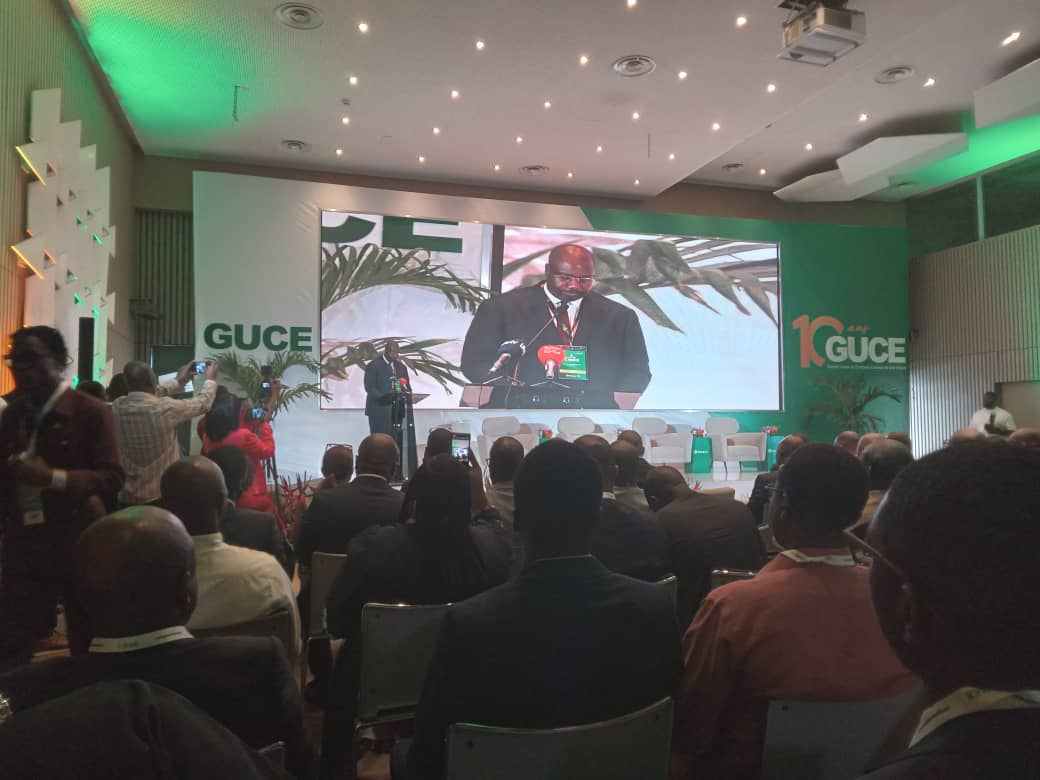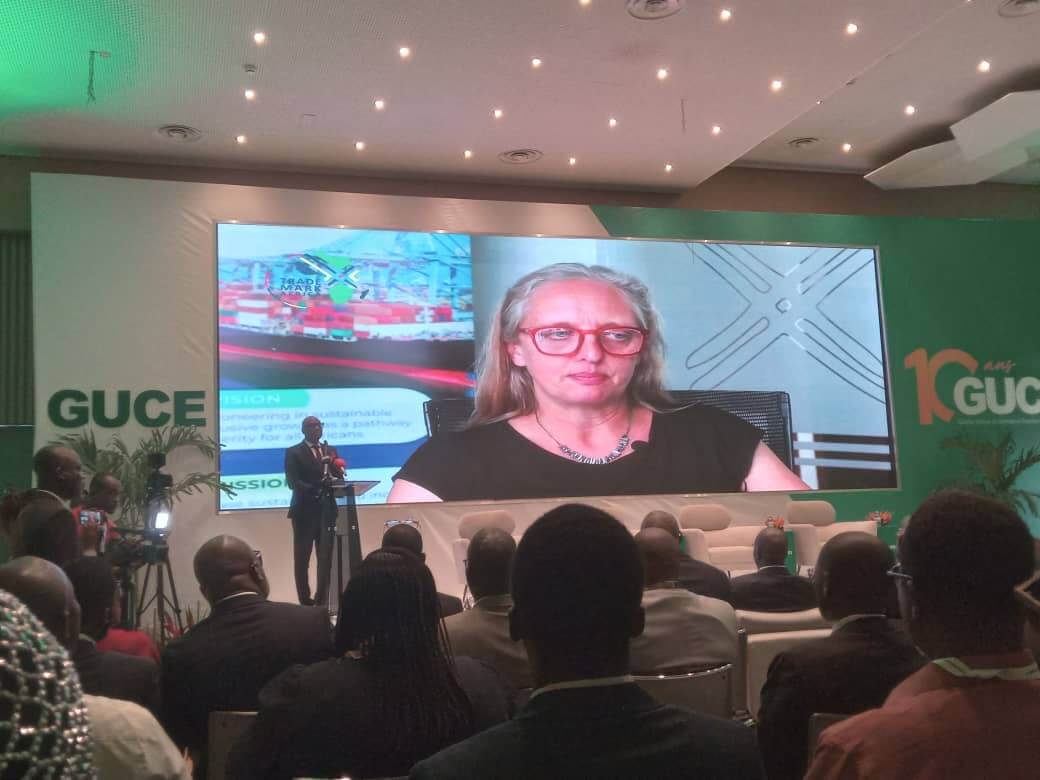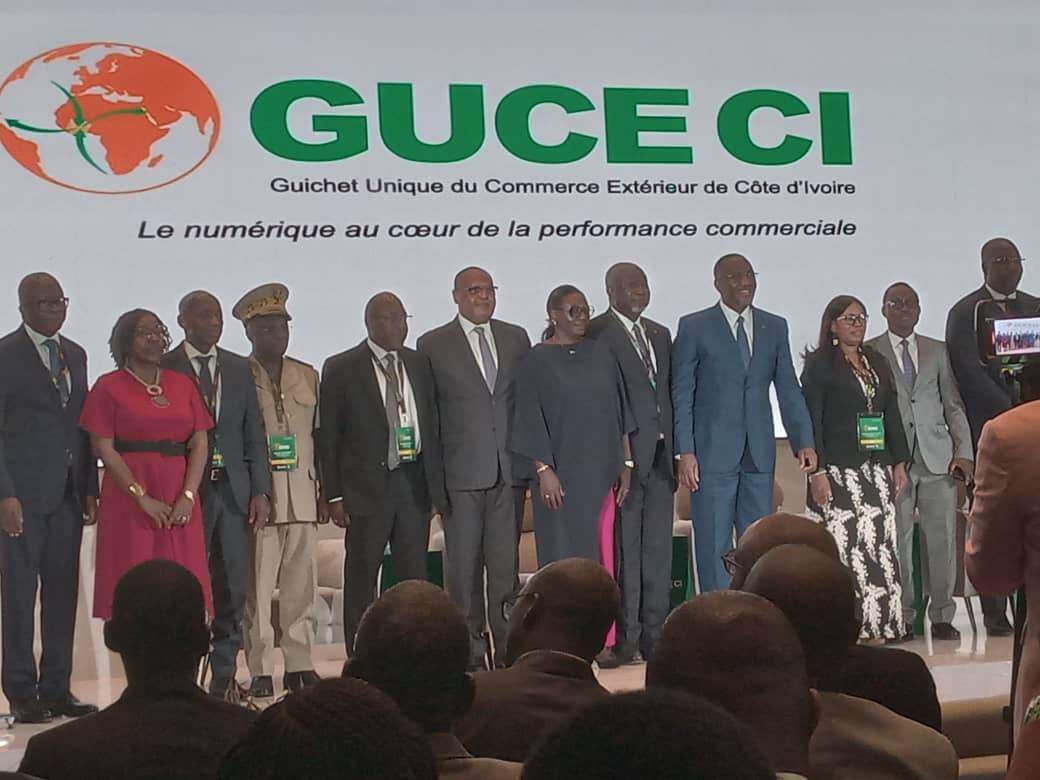Côte d’Ivoire has marked ten years since the establishment of the Single Window Agency for Foreign Trade with a two-day event in Abidjan, reflecting on a decade of progress and setting new goals for the modernisation of trade procedures. The anniversary event for Côte d’Ivoire’s Guichet Unique du Commerce Extérieur (GUCE-CI) was held on 2 and 3 June 2025, with the Minister of Trade and Industry, Dr. Souleymane Diarrassouba, serving as the chief guest. The forum brought together over 300 participants, including senior government officials, private sector actors, development partners, international organisations, and members of the media. It was supported by TradeMark Africa, which is partnering with GUCE-CI in ongoing efforts to reduce the time and cost of trade in Côte d’Ivoire and across the continent.

Since its launch in July 2013, GUCE-CI has digitalised over 95% of Côte d’Ivoire’s trade-related processes, with the reforms lead to substantial improvements in efficiency, time and cost reductions for traders, agents and related government agencies. According to the agency, the time required to complete port procedures, for instance, has fallen from an average of ten days to fewer than three, with some transactions now processed in as little as 48 hours. By automating document submission and enabling real-time tracking of shipments and customs files, the platform has eliminated the need for in-person visits to multiple offices, allowing traders to interact with a single digital portal. As a result, businesses have recorded real benefits, including reduced warehousing and demurrage charges, lower transport and administrative expenses, and diminished reliance on intermediaries. The platform has also curtailed cases of fraud by limiting direct contact with officials and providing centralised, transparent access to tariffs and procedures.
The mobile application introduced by GUCE-CI has further expanded accessibility, particularly for small and medium-sized enterprises and operators in remote areas. By allowing users to access services via smartphones and receive real-time updates and alerts, the app has improved responsiveness, reduced processing times, and enhanced visibility throughout the logistics chain. Officials underscored GUCE-CI’s role in supporting the African Continental Free Trade Area (AfCFTA), particularly through initiatives related to the certification of origin, cross-border data sharing, and the harmonisation of customs procedures. Its central role in integrating Port Community Systems has also helped streamline cargo handling by automating workflows from vessel arrival to cargo release, reducing clearance times to one or two days.
Anthe Vrijlandt, Director of Strategy and Partnerships at TradeMark Africa, who addressed the forum in a video recording, commended the progress and impact of the platform in enabling businesses to submit and track trade documents online, reducing delays, cutting costs, and limiting the need for intermediaries. “We acknowledge the contribution of all stakeholders who have been part of this remarkable journey of innovation, efficiency, and progress in trade facilitation. This is an important role that you are playing in modernising international trade procedures, reducing delays and costs, and enhancing transparency for businesses across the country. We at TradeMark Africa are delighted to embark on our partnership with GUCE, and we look forward to working together to simplify cross-border documentation and support improvements that will allow Côte d’Ivoire to integrate more deeply into regional value chains,” Vrijlandt noted.

A new 10-year strategy was unveiled at the event, with plans to incorporate artificial intelligence, expand regional digital integration, and make better use of trade data to improve policy and governance. Some other important priorities identified include advancing digital integration with other African single windows, strengthening cybersecurity, expanding training for trade operators, and eliminating the remaining manual procedures.















